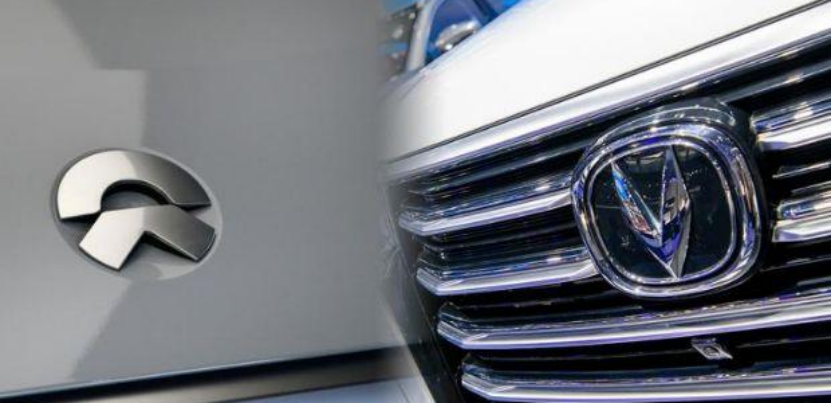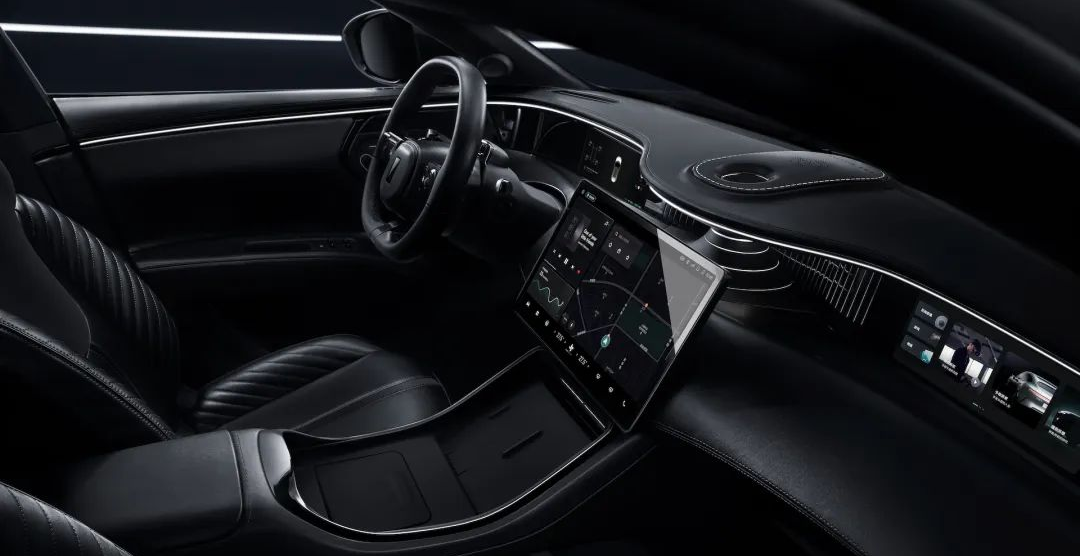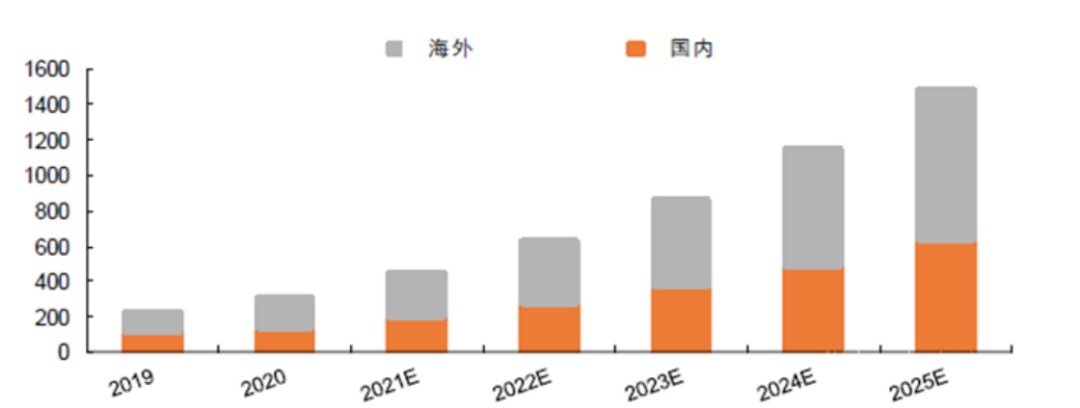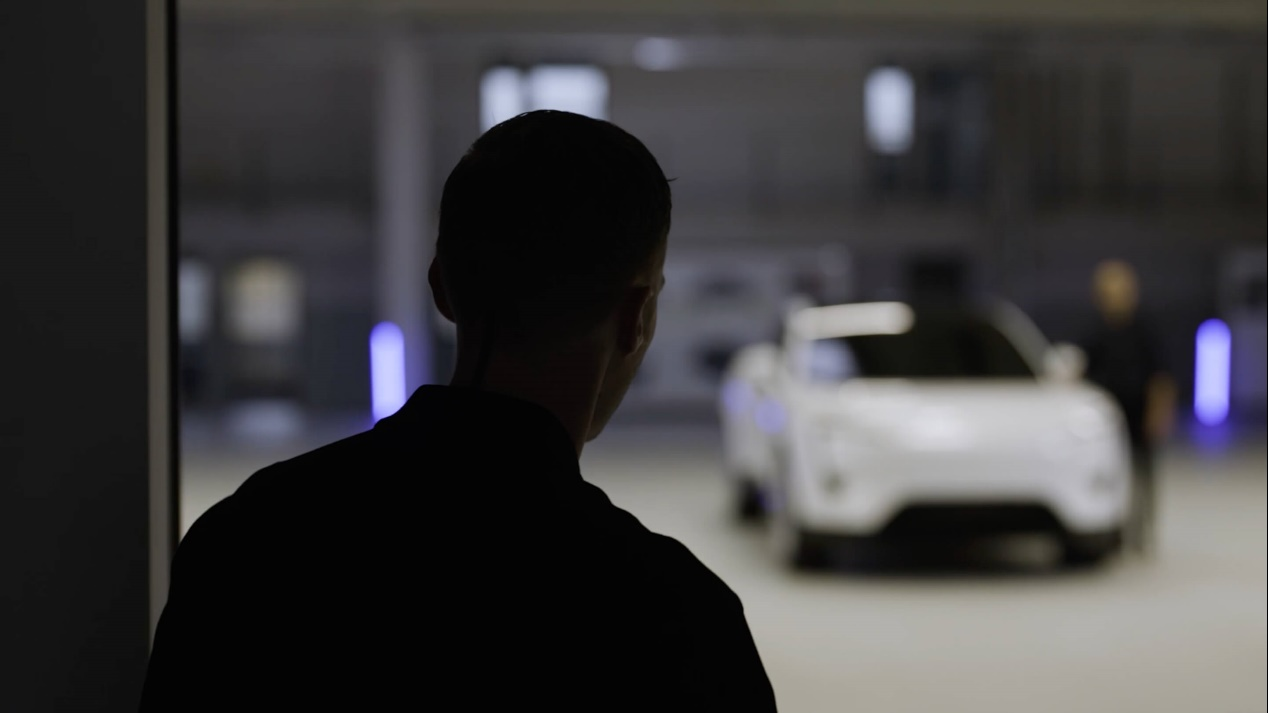The Return of Wey and the Revolution of the Automotive Industry
Author: Su Qin
As time flies and the world changes, the automotive industry is facing an unprecedented transformation today. Electric motors are gradually replacing combustion engines as the new “heart” of automobiles. Many countries are beginning to schedule the prohibition of the sale of combustion engine cars, and major automakers are gradually announcing their timelines for discontinuing production.
In China, the domestic new energy vehicles, represented by the “Wey” three-cars team, are galloping at high speed, while traditional brands such as Mercedes-Benz and BMW are also joining the new energy market. At the moment, the new energy market is like a raging fire, with various factions competing for supremacy, and it remains to be seen who will dominate this field.
As major brands are fiercely competing, Wey, which had already been dormant, has returned to the limelight with the backing of Chang’an, Huawei, and Ningde Times, and has successively launched Wey 11 and 011, with the latter being a smart electric SUV with a global limited edition of 500 units. Wey is determined to create luxury and fashionable new energy vehicles this time around.
In “The Demi-Gods and Semi-Devils”, Xuzhu did not appear until the thirty-first episode, but by the thirty-third episode, he had already been personally taught the Beiming Divine Art by Xiaoyaozi, and began writing his own legendary myth of dominating the martial arts world. So who is this unexpected guest, Wey, who has reappeared after disappearing, and can it have the same adventure as Xuzhu?
The Quest for the Green Sword
The story of Wey begins with the state-owned enterprise, Chang’an.
In the early days of the new energy vehicle market, Chang’an, one of China’s four major automotive groups, was already at the forefront of the Chinese new energy industry. In 2007, Chang’an successfully manufactured China’s first hydrogen internal combustion engine, followed by the launch of China’s first hybrid car, the Jiexun. In 2008, it directly provided services for the Beijing Olympics, enjoying a moment of great prestige.
Unexpectedly, Chang’an’s head continued to grow while its tail withered like a snake, and it fell behind as the new energy market began to explode.
In 2014, Li Bin, the founder of Yiche.com(易车网), founded NIO, and He XPeng, the founder of UC, founded XPeng(小鹏). This sparked a wave of Internet companies entering the automotive industry. In 2015, Ideal(理想)was established, and the same year, China became the world’s largest new energy vehicle market.
At that time, FAW and SAIC’s numerous high-end joint venture brands launched new energy products one after another, and Dongfeng Group also established its high-end new energy brand, Voyah, in 2018. Three out of the four major automotive groups had already seen the trend and refused to be left behind, but Chang’an remained inactive.
At that time, Chang’an faced two major problems: first, it was unable to release sufficient energy like private enterprises such as Geely and Great Wall to adapt to the rapidly changing market due to the problem of being a large state-owned enterprise; second, although Chang’an had an early start in researching new energy, it was still unfamiliar with pure electric vehicles, and at the same time lacked knowledge and obvious technical gaps in the areas of networking and intelligence.
Just as Chang’an was at a loss, NIO, which was seeking support in its early days, arrived.
2017.04.09, Changan Automobile and NIO signed a strategic cooperation agreement to establish a joint venture to jointly develop new products. On December 27 of the same year, NIO signed a strategic cooperation agreement with GAC to establish GAC NIO New Energy Technology Co., Ltd. In April 2018, GAC NIO established “Hechuang Automobile” and began research and production. However, the cooperation between Changan and NIO was still stagnant.
Seeing that GAC and NIO were about to give birth, Changan couldn’t sit still. On August 17, 2018, Changan and NIO finally established Changan NIO New Energy Technology Co., Ltd. Changan is responsible for production and sales, and NIO is responsible for technical research and development. Each party holds 45% of the shares, and the remaining 10% is held by the management team. Li Bin was appointed as the chairman.
Changan NIO appeared to be ready to get things done. Unfortunately, time passed by without any progress.
On April 10, 2020, while GAC NIO’s “Hechuang 007” was successfully listed, Changan NIO remained stagnant. Changan Group could no longer tolerate this relationship that was going nowhere. Through cash increase, Changan held 95.38% of Changan NIO’s equity, Li Bin stepped down, and Tan Benhong, Executive Vice President of Changan Automobile, took over as the chairman.
On May 20, 2021, Changan officially teamed up with Huawei and CATL and renamed Changan NIO New Energy Technology Co., Ltd. to Avita Technology Co., Ltd., becoming an independent company operated on the market.
The birth of Avita went through many difficulties and even hung by a thread. Avita, born on 520, may imply that the three-party marriage of Changan is destined to have a result.
Who Holds the Rainbow
Changan, Huawei, and CATL worked together to create the intelligent electric connected vehicle platform (CHN) and build the “People-Car-Home” smart life and smart energy ecosystem. Changan focuses on the research and development and manufacturing of vehicles, Huawei is responsible for the development of full-stack intelligent systems, and CATL focuses on power batteries and new energy solutions.
Since the signing of the strategic cooperation agreement between Changan and NIO in 2017, it took four years to see results. On October 26, 2021, Changan’s efforts in new energy finally paid off. Avita 11’s first white body was successfully trial-produced and off the production line at Chongqing factory’s annual output of 350,000 intelligent flexible production lines. On November 15, Avita and its first product Avita 11 made its official debut at a brand launch event in Shanghai.
The Avatar 11 is positioned as an emotional intelligent electric vehicle that focuses on deep human-vehicle interaction based on user emotions, creating an emotional travel experience for users. In terms of hardware configuration, the Avatar 11 can accelerate from 0 to 100 km/h within 4 seconds, equipped with a 200 kW super fast charging solution, 400 tops of top-class computing power, and a range of up to 700 kilometers.
The exterior of the Avatar 11 has a soothing curve like a summer sea wave and sharp front headlights like a sickle, creating a futuristic atmosphere with a soft yet tough impression.
In terms of interior design, the Avatar 11 brings users a long-awaited sense of design. With the development of new energy vehicles for many years, minimalism represented by Tesla has been prevalent in interior design, which is simple but lacks warmth, and there are few original interior designs in the market. The interior design style of the Avatar 11 embodies the design beauty of post-industrial society with line sketching as the main feature. The constantly extending and intersecting curves create a well-organized space, and the spiral in the middle makes the entire interior clear and tidy, making the entire cockpit highly artistic. Sitting in the driver’s seat, users will feel surrounded by safety and satisfaction.

The unique exterior and interior design of the Avatar 11 will undoubtedly attract more attention and discussion from users, regardless of whether they like it or not.
In addition, on the 8th of this month, Avatar released its second model, the Avatar 011. This car was jointly created by Matthew M. Williams, the co-founder of fashion pioneer brand 1017 ALYX 9SM, and the creative director of French luxury brand Givenchy, Nader Faghihzadeh, with a limited edition of only 500 units worldwide. It is undoubtedly a fashionable and limited item in the field of new energy vehicles.
Avatar is actually a transliteration of the word “Avatar”, and it has another famous transliteration, which is “Avatar”.
The original meaning of “Avatar” is the virtual embodiment of games or the online world. Avatar aims to create a “smart embodiment that understands you” so that every user can encounter another self in a parallel world on this car.
The top-notch design from Munich, the pinnacle technology from three heavyweights, and the brand concept with some elusive mystique have jointly created an extraordinary temperament for this car, which inevitably raises high expectations for its future.
The road ahead is long and winding
New energy brands are constantly emerging, while old ones are constantly being eliminated. Avita must do everything possible to make a way out in the labyrinthine new energy market. However, overall, the big environment faced by Avita is still good.

First of all, “striving to achieve a peak in carbon emissions by 2030 and carbon neutrality by 2060” is a major strategic decision made by our country. To achieve this strategic decision, it is imperative to promote new energy vehicles.
At present, Hainan and Xi’an have already clearly stated that they will officially ban the sale of gasoline vehicles in 2030; at the enterprise level, BYD has already stopped production of gasoline vehicles, and BAIC and Changan have announced that they will stop selling gasoline vehicles in 2025. In the future, cities that ban the sale of gasoline vehicles and enterprises that stop selling gasoline vehicles are bound to become more and more numerous, and by then, the automobile market will be dominated by new energy.
Secondly, after going through the early chaotic phase of technological immaturity and some enterprises deceiving national subsidies, the entire new energy market is gradually operating in a benign manner with the survival of the fittest.
At present, the penetration rate of China’s new energy vehicles has exceeded 10%. The China Electric Vehicle Hundred People’s Association predicts that the annual sales volume of China’s new energy vehicles will exceed 5 million in 2022; in 2025, it will reach at least 7 million, with an optimistic estimate of 9 million to 10 million. In the international market, sales of new energy vehicles have also been rising year after year. For Avita, it can be said to be full of opportunities.

In addition, for Avita itself, first of all, Chang’an Automobile, which has been struggling in the new energy market, has this time brought out Avita. Chang’an Automobile Chairman Zhu Huarong once said, “Chang’an will give Avita all of its century-long technological power, together with its latest scientific research achievements, without reservation.” This time, Chang’an has the momentum of a fierce tiger descending the mountain.
Secondly, CATL is the second largest shareholder of Avita with a 23.99% stake. Qutao, the executive director and general manager of production and investment of CATL, was appointed as a director of Avita. This is enough to show the importance CATL attaches to this investment, and Avita can naturally enjoy the latest cutting-edge technologies such as 3.0 version CTP by CATL to enhance its product power in the power dimension.
Lastly, Huawei. Due to being sanctioned by the United States in the past two years, Huawei’s mobile phones and 5G communication businesses have unfortunately failed. Ren Zhengfei once said at the 2021 annual work conference that he must seize the window of opportunity for new energy development. With Huawei’s ample research and development funds and strong research and development team, Avita’s full-stack intelligent system is bound to lead the new energy market.Young people born in the 1990s and 2000s, as well as a new wave of young people, will become the new main force of car consumption. They will increasingly recognize and accept new energy vehicles. They not only care about the passionate driving experience but also care about the unparalleled visual enjoyment brought by the beauty of a car’s appearance. Avita’s innate sense of fashion may appeal to young people.
On both the technical and design levels, Avita has its unique advantages; however, according to “Electricity Dynamics” journalist, Avita still needs to be careful about the following three issues in the future.
Firstly, brand shaping. As we all know, Changan is a mid-low-end brand, so Avita must maintain its high-end positioning independently in the brand promotion and maintain an appropriate distance from Changan, just like Toyota and Lexus.
Secondly, building a new marketing system. Considering Avita’s high-end positioning, it is necessary to adopt a new sales model and sales system, as well as a re-investigation of the consumer group. For Changan, this is still an unfamiliar field. Breaking inertia, adapting to the new sales rhythm of the new energy vehicle market will be a major challenge for Changan.
Thirdly, defending against hydrogen energy. Although the public has different opinions about the future of hydrogen energy, the reality is that the hydrogen energy industry has been included in the 14th Five-Year Plan. Beijing and Shanghai have begun to vigorously cultivate the hydrogen production industry and layout hydrogen refueling station networks. Avita currently focuses on the research and development of pure electric technology and manufacturing, but needs to be vigilant against competition from future hydrogen fuel cell vehicles.
The road ahead is long and winding, whether it is a vast sea of mountains or a bloody sunset. Avita still needs to continuously explore and strive forward.
This article is a translation by ChatGPT of a Chinese report from 42HOW. If you have any questions about it, please email bd@42how.com.
